Best Space Fireworks Photos Ever
Cosmic Explosion Like Fireworks!
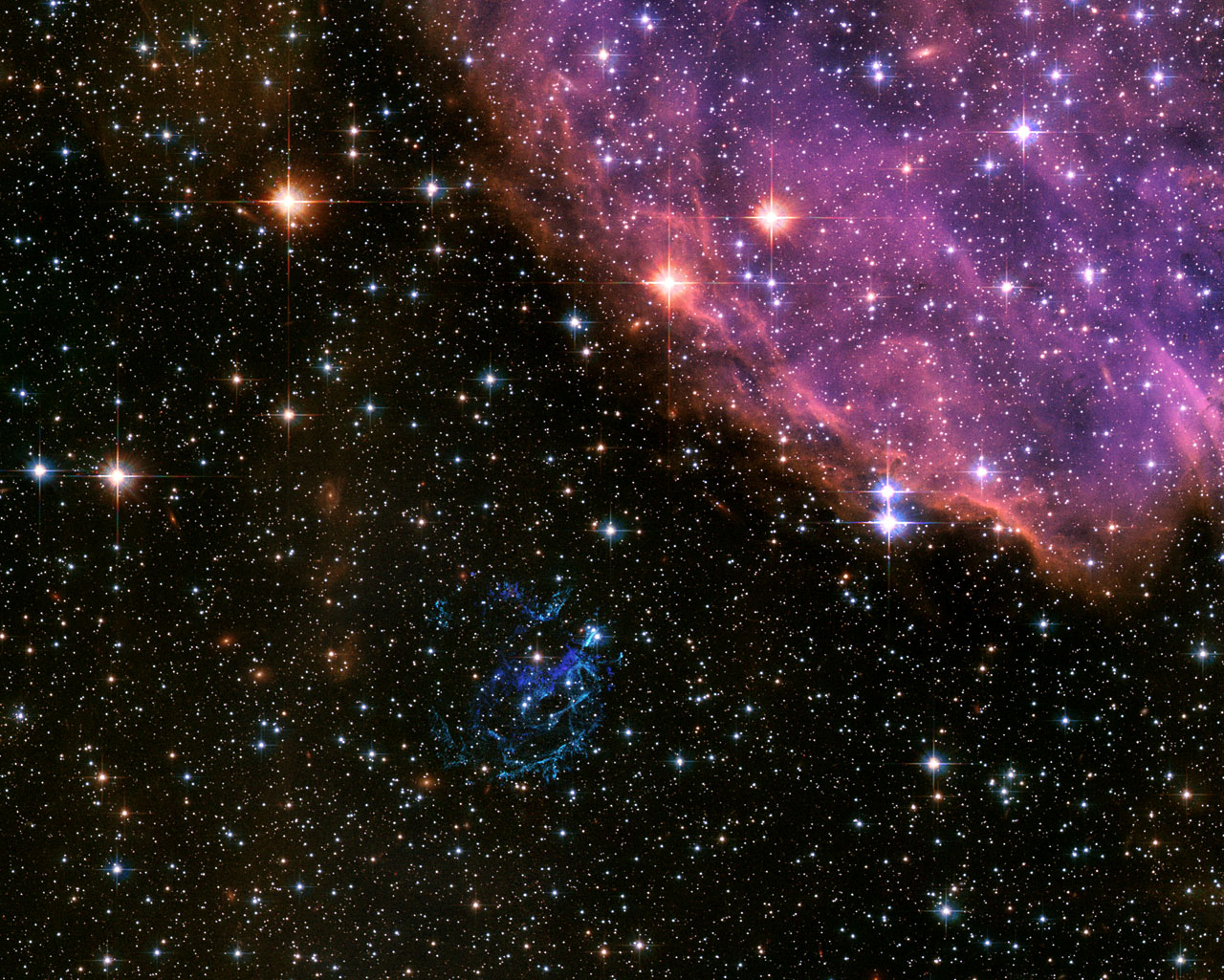
In the wake of Independence Day festivities surrounding the U.S. July 4th holiday in 2006, astronomers and image processors at the Space Telescope Science Institute released the Hubble Space Telescope image of a cosmic explosion that is quite similar to fireworks on Earth. In the nearby galaxy, the Small Magellanic Cloud, a massive star has exploded as a supernova, and begun to dissipate its interior into a spectacular display of colorful filaments. The supernova remnant (SNR), known as "E0102" for short, is the greenish-blue shell of debris just below the center of the Hubble image.
Like a Roman Candle
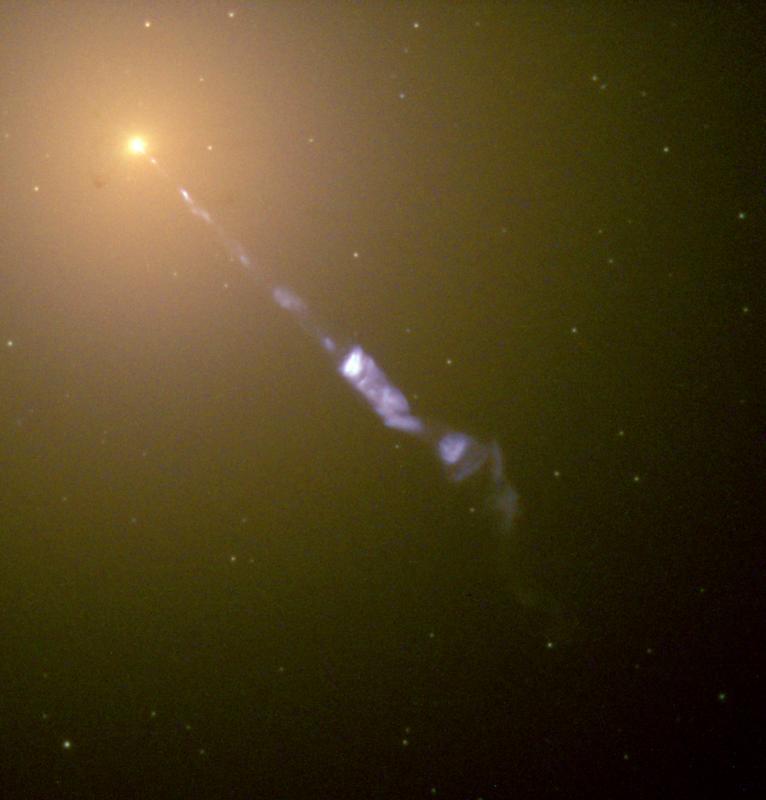
Streaming out from the center of the galaxy M87 like a cosmic searchlight is a black-hole-powered jet of electrons and other sub-atomic particles traveling at nearly the speed of light. In this Hubble telescope image from 1998, the blue jet contrasts with the yellow glow from the combined light of billions of unseen stars and the yellow, point-like clusters of stars that make up this galaxy. Lying at the center of M87, the monstrous black hole has swallowed up matter equal to 2 billion times our Sun's mass. M87 is 50 million light-years from Earth.
Orion Knows How to Turn on the FIreworks!
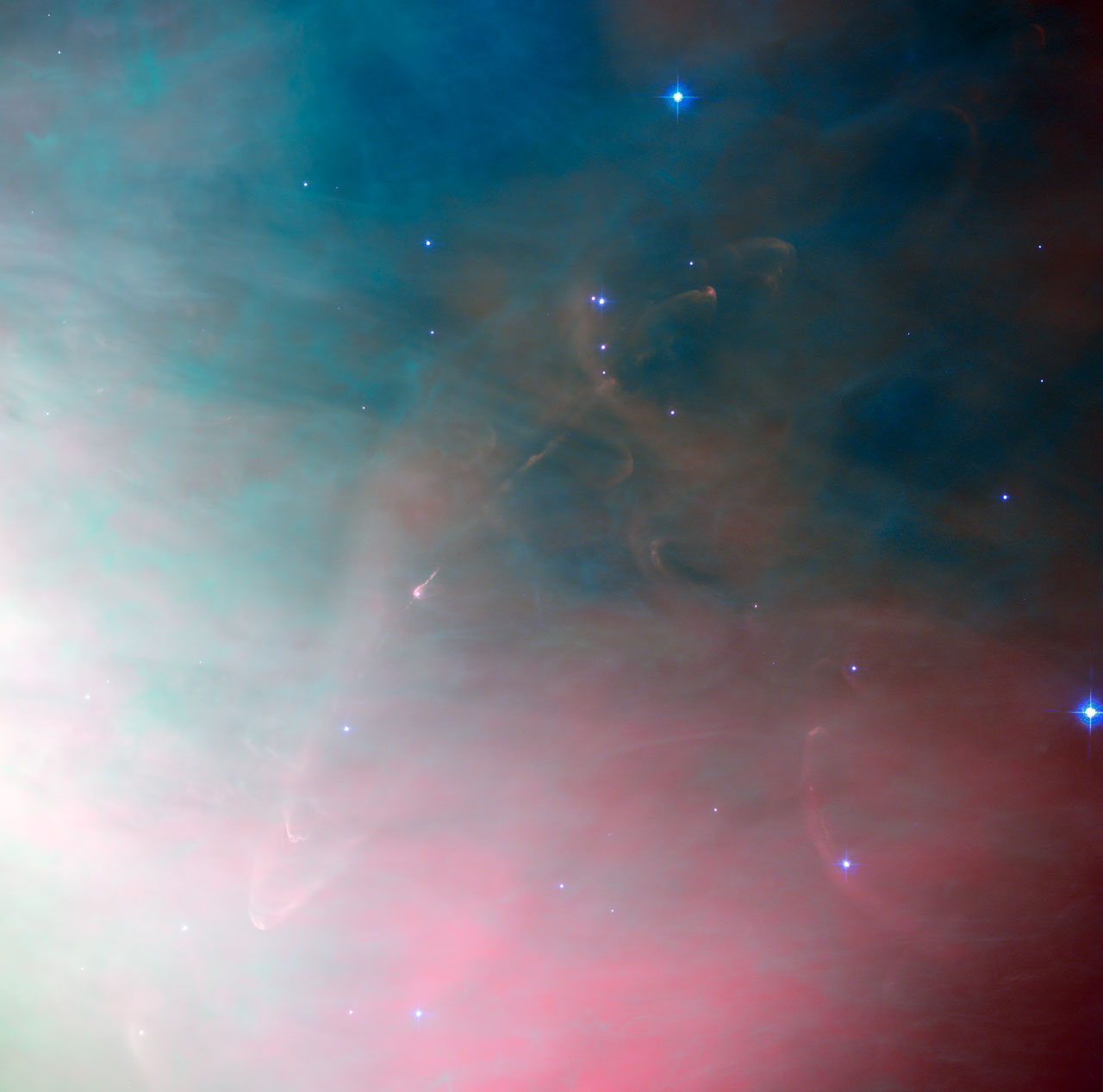
This NASA/ESA Hubble Space Telescope image of the Orion Nebula shows the spectacular region around an object known as Herbig-Haro 502, a very small part of the vast stellar nursery. The glow of the nebula fills the image and, just left of center, a star embedded in a pinkish glow can be also seen. This object, Herbig-Haro 502, is an example of a very young star surrounded by the cloud of gas from which it formed.
Cassopeia A Lives On with Remnants Like Fireworks
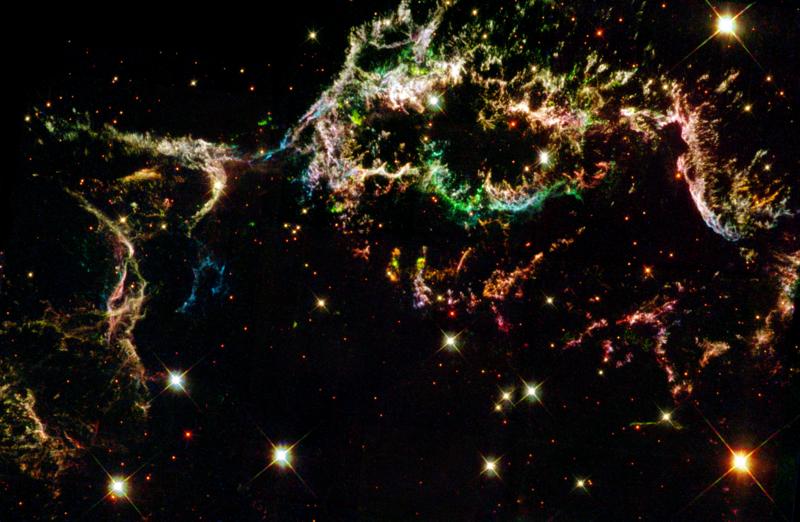
Remnants of supernova Cassiopeia A illuminate the heavens like Fourth of July fireworks. The colorful streamers float across the sky in this photo exposed by NASA's Hubble Space Telescope in 2000 and 2002. Cassiopeia A is the youngest known supernova remnant in our Milky Way Galaxy and resides 10,000 light-years away in the constellation Cassiopeia.
Bombs Away on Ol' Comet 9P/Tempel 1!
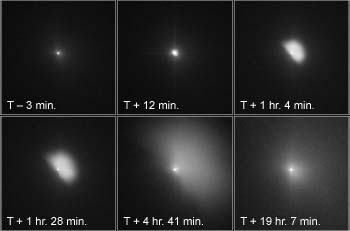
Early on July 4, 2005, NASA's Hubble Space Telescope captured the dramatic effects of a collision between an 820-pound projectile released by the Deep Impact spacecraft and comet 9P/Tempel 1.
Red Stripe of SN 1006 Supernova Remnant Reminiscent of Fireworks
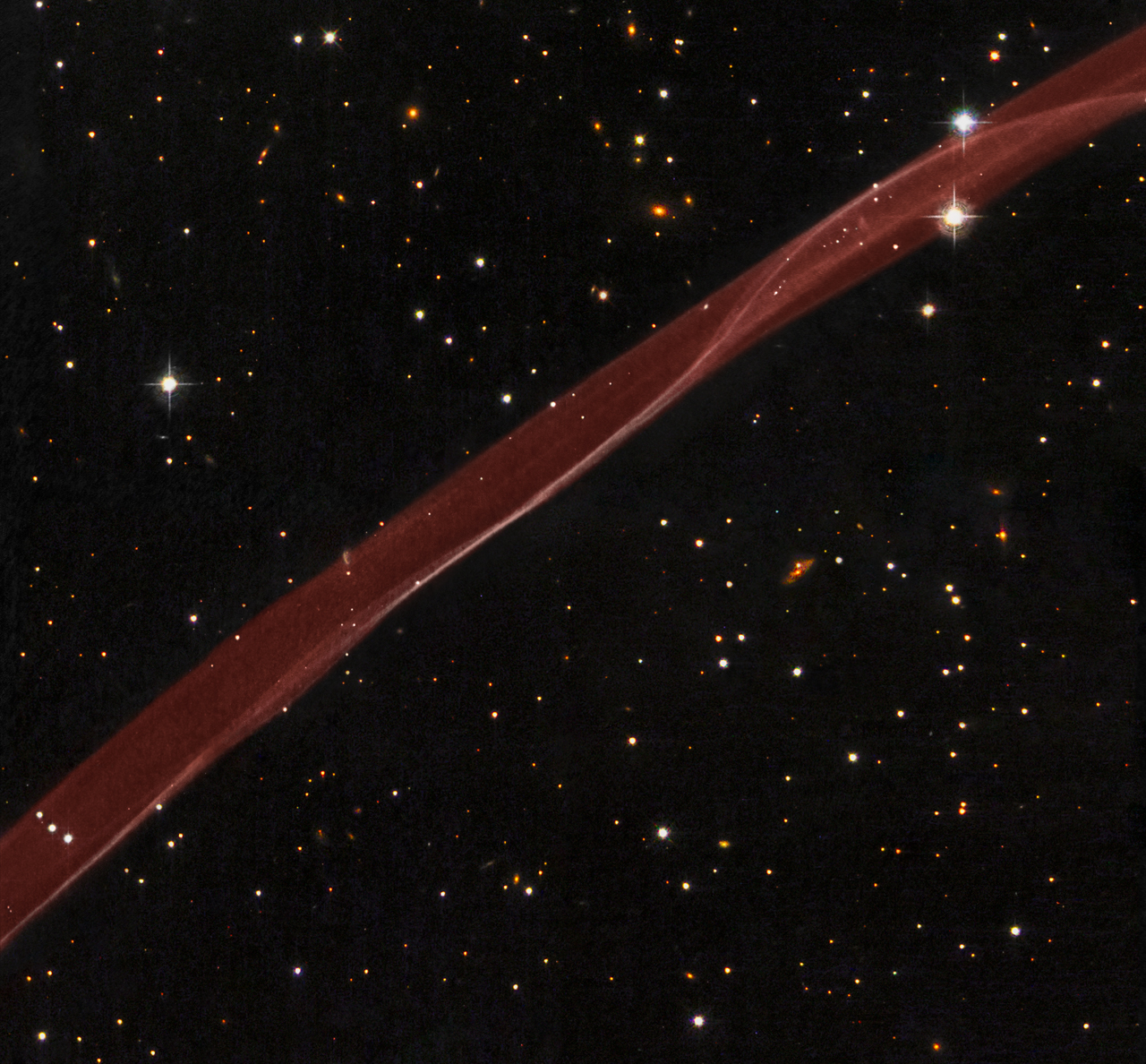
This image, taken by NASA's Hubble Space Telescope, is a very thin section of a supernova remnant caused by a stellar explosion that occurred more than 1,000 years ago. This image is a composite of hydrogen-light observations taken with Hubble's Advanced Camera for Surveys in February 2006 and Wide Field Planetary Camera 2 observations in blue, yellow-green, and near-infrared light taken in April 2008.
Black Hole Lights Up the Sky Like Fireworks
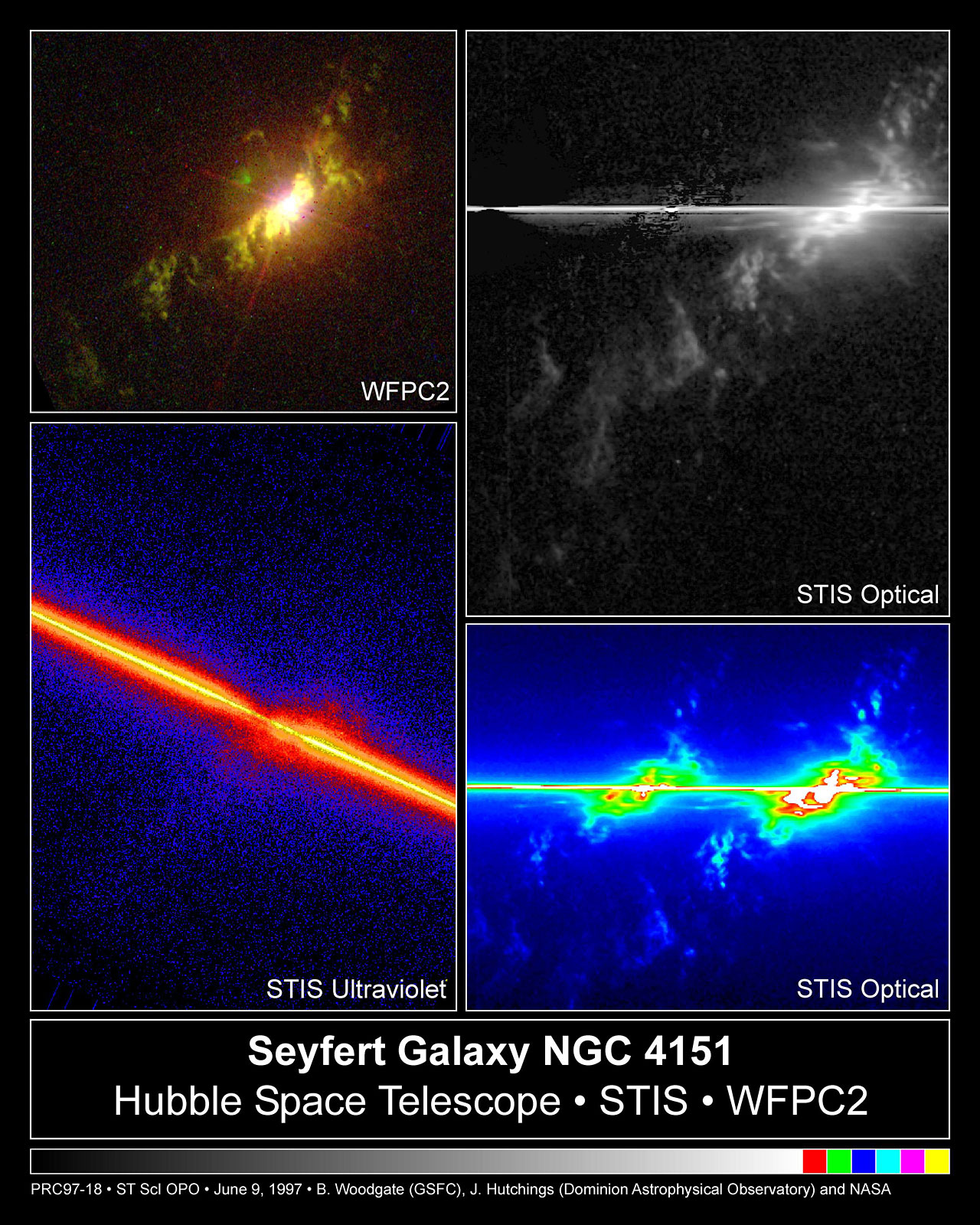
The Space Telescope Imaging Spectrograph (STIS) simultaneously records the velocities of hundreds of gas knots streaming at hundreds of thousands of miles (or kilometers) per hour from the nucleus of NGC 4151, thought to house a supermassive black hole. This is the first time the velocity structure in the heart of this object, or similar objects, has been mapped so vividly this close to its central black hole.
Get the Space.com Newsletter
Breaking space news, the latest updates on rocket launches, skywatching events and more!
Dwarves Shouldn't Play with Fireworks
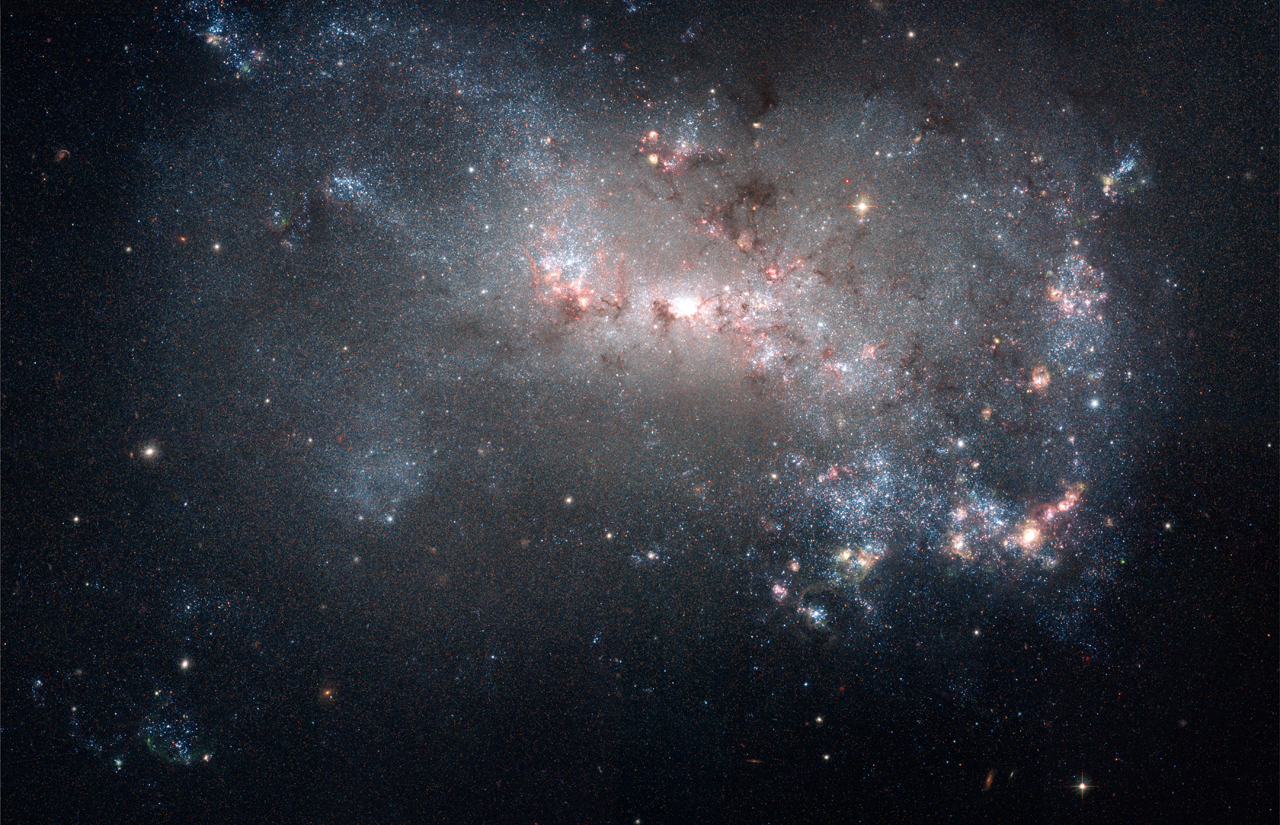
Nearly 12.5 million light-years away in the dwarf galaxy NGC 4449 stellar "fireworks" are going off all the time. The image was taken in November 2005 with Hubble's Advanced Camera for Surveys.
Join our Space Forums to keep talking space on the latest missions, night sky and more! And if you have a news tip, correction or comment, let us know at: community@space.com.

Space.com is the premier source of space exploration, innovation and astronomy news, chronicling (and celebrating) humanity's ongoing expansion across the final frontier. Originally founded in 1999, Space.com is, and always has been, the passion of writers and editors who are space fans and also trained journalists. Our current news team consists of Editor-in-Chief Tariq Malik; Editor Hanneke Weitering, Senior Space Writer Mike Wall; Senior Writer Meghan Bartels; Senior Writer Chelsea Gohd, Senior Writer Tereza Pultarova and Staff Writer Alexander Cox, focusing on e-commerce. Senior Producer Steve Spaleta oversees our space videos, with Diana Whitcroft as our Social Media Editor.









